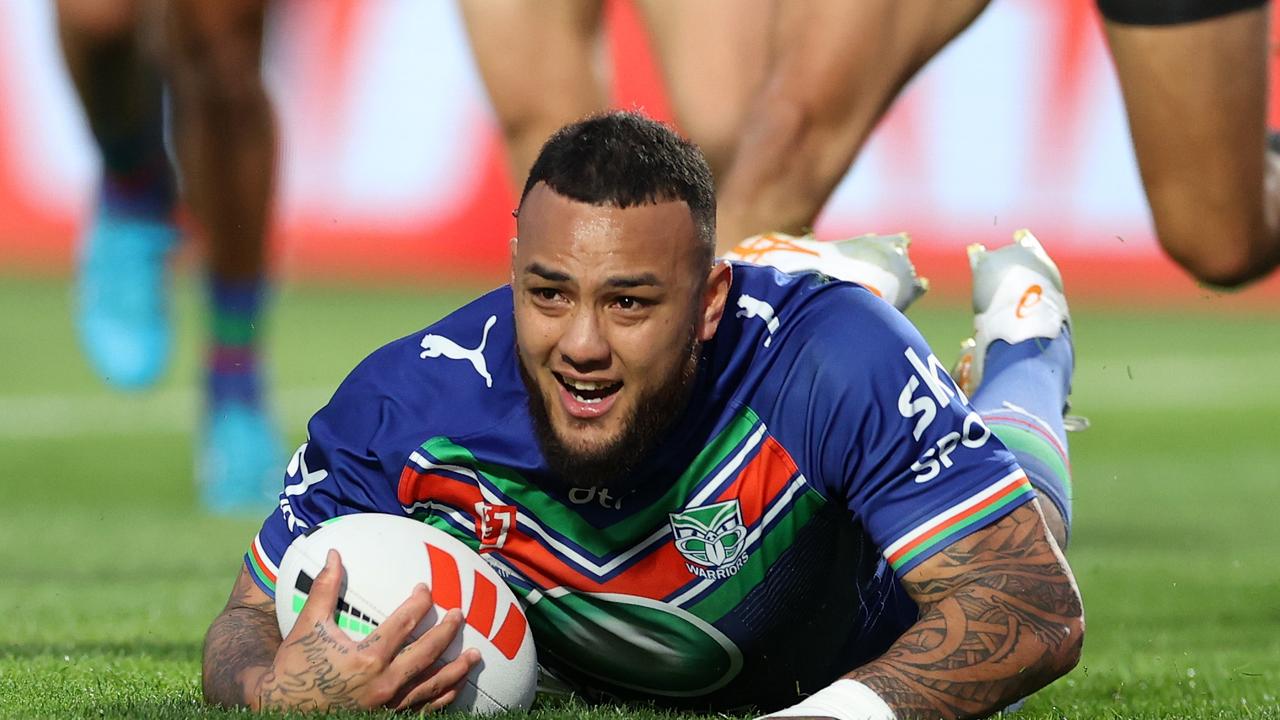Increasing safety and mitigating SRC risk; of course, a no-brainer - but RA decision making based on potentially flawed reasoning and misinformation?
Selective RA and World Rugby Statements, have been made out of context - I wonder if RA CEO Phil Waugh actually read any of the research himself, before putting his name to the statements (which after fact-checking, make the RA look less than infomed).
I have attached the RFU PDF where the "risk of concussion is four times higher" statement is lifted from:
4.1 To date there have been four important real-world evaluations of a lowered tackle height:
4.2 All four were informed by the 2016 World Rugby video analysis that showed that the chances of either the tackler or the ball carrier receiving an HIA is 4.2 times more likely when the tackle occurs above the line of the sternum.
4.3 The Championship Cup arm-pit tackle height evaluation showed a number of promising results; including a 30% reduction in the number of tackles that resulted in contact to the ball carrier’s head or neck. Whilst the overall combined concussion rate for the ball carrier and tackler did not increase, there was an increase in concussion risk for the tackler. This was a small-scale study where the impact of 12 concussions in a single week had a disproportionate effect on the overall concussion rate.
4.4 The Stellenbosch evaluation of an arm-pit tackle height in 116 men’s university level matches in 2019 also showed some promising results (a trend to a reduction in all injuries, head injuries and concussion) but also failed to show a significant reduction in the overall risk of concussion.
The RFU omitted to comment on their own sponsored study:
4.1 (c) an RFU/Bath University evaluation of the effect on concussion risk following a change to an arm-pit tackle height in all age-group rugby in England in 2021-22 that showed no significant change in concussion risk as measured by youth injury surveillance programme (Y-RISP).
The RFU English Champiniship Cup study [4.3 above] actually had to be abandoned due to safety reasons - "this was a small-scale study where the impact of 12 concussions in a single week had a disproportionate effect on the overall concussion rate."
Are we to ignore that the increase in concussions actually happened, or is it an attempt to discredit their [RFU] own sponsored research?

